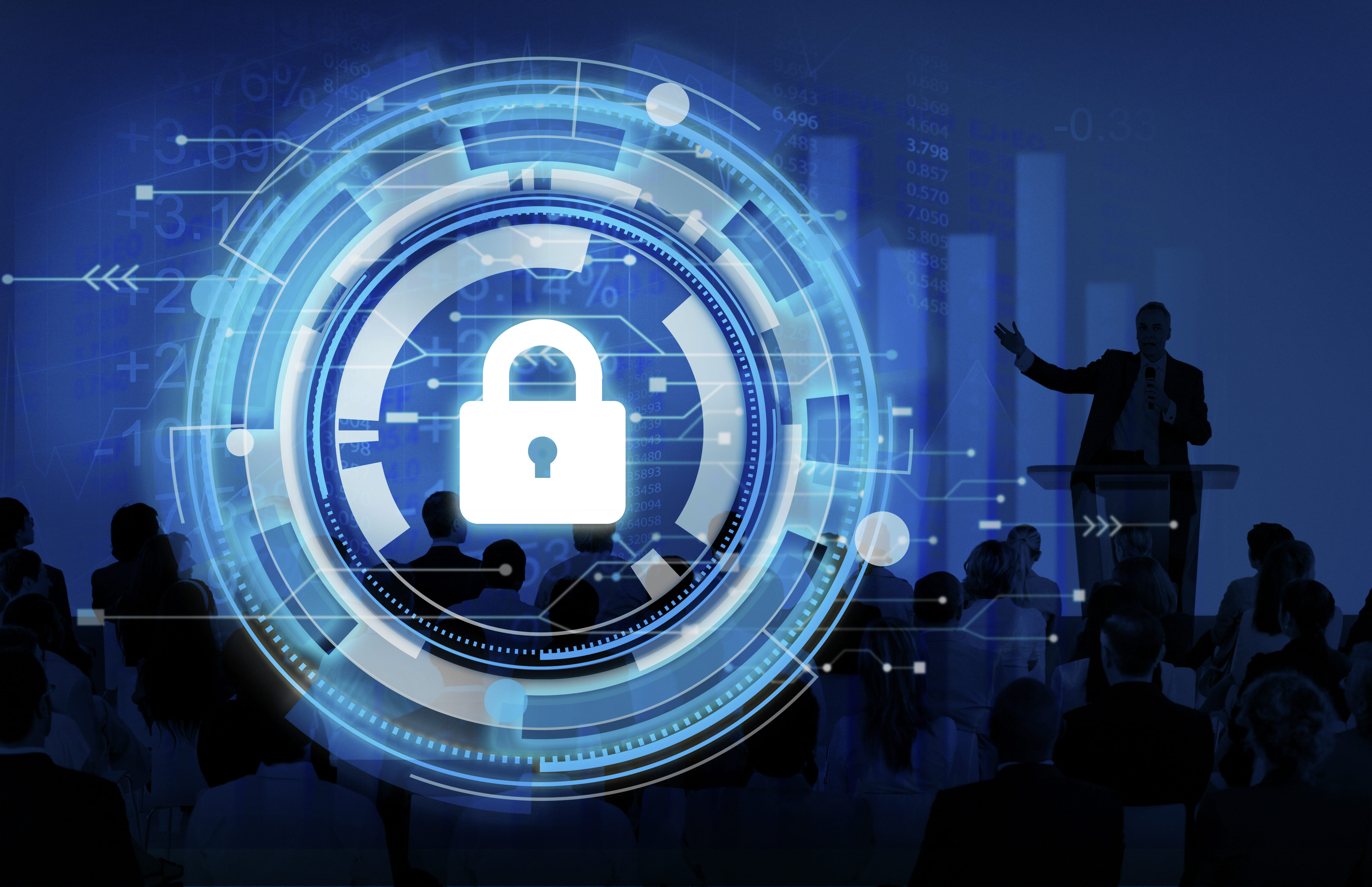
por Rebeca | Abr 19, 2023 | Sin Categoria
La ciberseguridad se ha convertido en una preocupación creciente en la era digital, y ningún sector está exento de recibir amenazas cibernéticas. En Europa, varios sectores han sido objeto de ataques cibernéticos en los últimos años, según datos proporcionados por Enisa.
En este post, desgranamos los seis principales sectores afectados por ciberamenazas en la Unión Europea el pasado año.
24% Administración pública/gobierno
Los gobiernos y la administración pública han sido objeto de numerosos ataques cibernéticos en Europa. Estos ataques pueden tener graves consecuencias, como la filtración de información confidencial, el acceso no autorizado a sistemas gubernamentales y la interrupción de servicios públicos.
13% Proveedores de servicios digitales
Con el crecimiento del comercio electrónico y la digitalización de los servicios, los proveedores de servicios digitales también han sido blanco de amenazas cibernéticas. Esto incluye a empresas que ofrecen servicios online como plataformas de comercio electrónico, redes sociales, servicios de correo electrónico, entre otras.
12% Público en general
La población también se ha visto afectada por estas amenazas, incluyendo ataques de phishing, malware y estafas online. Los ciberdelincuentes a menudo aprovechan la falta de conciencia y conocimientos en ciberseguridad de los usuarios para llevar a cabo sus ataques.
12% Servicios
El sector de servicios, que incluye una amplia gama de industrias como transporte, logística, turismo, hotelería y más, también han sufrido las consecuencias de los ciber ataques. Estos pueden tener un impacto significativo en la operatividad y la reputación de las empresas del sector.
9% Finanzas/banca
El sector financiero, que maneja una gran cantidad de datos sensibles y transacciones financieras, ha sido durante mucho tiempo un objetivo atractivo para los ciberdelincuentes. Los ataques cibernéticos en este sector pueden tener graves consecuencias financieras, así como erosionar la confianza de los clientes.
7% Salud
El sector de la salud también ha aumentado su vulnerabilidad ante las amenazas, especialmente durante la pandemia de COVID-19. Los ataques a sistemas de atención médica pueden tener consecuencias graves, como la interrupción de los servicios de atención médica, el robo de datos médicos sensibles y la exposición de la información personal de los pacientes.
La ciberseguridad es esencial en todos los sectores en la era digital. Los datos proporcionados por Enisa (agencia europea de ciberseguridad), revelan que la administración pública, los proveedores de servicios digitales, el público en general, el sector de servicios, el sector financiero y el sector de la salud son algunos de los sectores más afectados en la Unión Europea. Es crucial que empresas e instituciones inviertan en medidas de ciberseguridad adecuadas para proteger su información y activos, así como garantizar la continuidad de sus operaciones y la confianza de sus clientes y usuarios.
Ayudamos a empresas de diversos sectores a proteger su entorno y a innovar eficazmente. Vea cómo Soffid puede ayudarle a mantenerse a la vanguardia en un mundo digital que evoluciona rapidamente.
¿Hablamos?
- Noticias Parlamento Europeo

por Rebeca | Ene 11, 2023 | Ciberseguridad

Transforming risk into an advantage
The need for a conscious and holistic approach to governance, evidently risk and compliance (GRC) has never been more critical for organizations. As the business environment changes, companies need to evolve their GRC strategies to maintain a holistic view of interconnected risks, fourthly understand the financial implications of those risks and make more informed decisions at all levels.
How to take a proactive approach to transform risk into a strategic advantage:
- As your business prepares for inflation, economic uncertainty, and the global risk of stagflation, you must build resiliency to recover from obstacles with minimal business impact. despite Resiliency has gained importance in recent years. It integrates with enterprise-wide risk management and works across the organization, basically providing a comprehensive view of what’s at stake. Agility and resilience complement each other.
- Technology leaders, like CIOs, now at the center of corporate decisions, are becoming critical decision-makers in core business functions such as marketing, sales, product development, and finance.
- To build and maintain customer trust in third-party vendors, you need a proactive approach to third-party risk management. Amid escalating economic uncertainty, you need to look closely at third-party companies as businesses – which vendors are mission-critical and which ones you can eliminate with minimal negative impact. Most companies conduct some due diligence, but many don’t monitor third-party risks beyond an annual checklist. By then, information could be outdated, vendors noncompliant, and your business at risk. With the right tools and clear communication, your business can manage vendor risks to protect yourself and your customers.
- More than 80% of consumers believe companies should actively shape ESG guidelines, and almost all (91%) business leaders believe their organization is responsible for acting on ESG issues. Additionally, 86% of employees want to work for businesses that share their values.
- A resilient organization requires flexible and adaptable structures in all operational areas. While hybrid work offers employees flexibility, it also increases operational risk.

Risk management is everyone’s responsibility. Cultivating a culture of resiliency and taking control of third-party relationships will improve your risk attitude.
Source:
- Learn.g2.com
- PwC
- Logicgate.com
- Worldbank
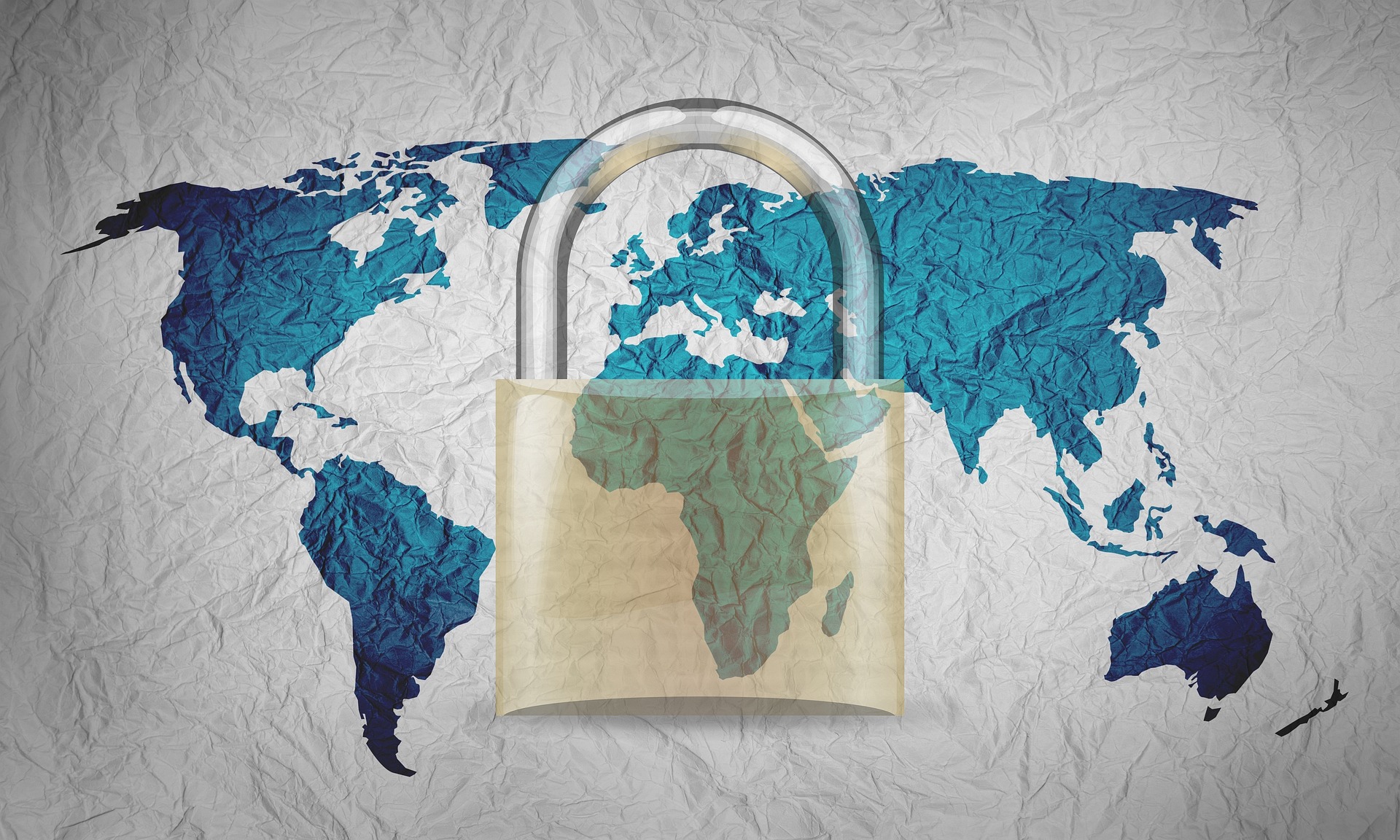
por Rebeca | Dic 7, 2022 | Sin Categoria
Cybersecurity Trends in 2023

According to a report recently published by the insurer Hiscox, but cyberattacks in Spain have an average cost per company of 105.000 euros, almost double compared to 2020, which was 55,000 euros. The cost per company reaches, on average, 78,000 euros worldwide.
The reputational damage must be added to the economic cost. Becouse a security breach can cause reluctance or fear among users but clients when hiring their services.
Today we share the trends in cybersecurity in 2023.
Cybersecurity Culture
Businesses will continue to fight phishing, ransomware, and DDoS. Remote work is here to stay, along with the security risks that come with it. Unshielded home networks, untrained employees, and the absence of a cybersecurity culture. Will pose a serious threat to organizations unless they take the proper precautions. A new geopolitical reality. The ongoing war, coupled with the energy crisis, may result in attacks on critical energy infrastructure.
Security Practices improvement
 The CISO is responsible for setting the strategy, additionally cannot implement that strategy if there is no buy-in from other areas of the organization. It is up to the members of each department to apply the controls that the security team recommends or requires. This disconnect between the expectations of the security team and the actual implementation is where things fall apart. In 2023, organizations will look another to solve this problem and place more departmental emphasis on implementing security best practices.
The CISO is responsible for setting the strategy, additionally cannot implement that strategy if there is no buy-in from other areas of the organization. It is up to the members of each department to apply the controls that the security team recommends or requires. This disconnect between the expectations of the security team and the actual implementation is where things fall apart. In 2023, organizations will look another to solve this problem and place more departmental emphasis on implementing security best practices.
Zero-Trust Architecture
Businesses will address ransomware threats from several ways, from improving cyber skills by working with the security team, to the right security tools such as multi-factor authentication, and training courses. Zero-trust architecture investment to validate access and improve security will increase.
Transparent Cybersecurity with customers
The way companies interact and communicate with their customers will. Need to change in 2023 as the public becomes increasingly aware of ransomware threats and data privacy issues.
As data breaches become increasingly public, rather than trying to downplay or hide the incident, organizations will need to admit the problem and provide details about the steps they are taking to mitigate the problem and prevent future breaches.
Visibility and security of connected devices
Leading organizations will target connected device cyber practices by establishing or updating related policies and procedures. Updating inventories of their IoT connected devices, monitoring and patching devices, refining device acquisition and disposal practices with security in mind , correlating IoT and IT networks, monitoring connected devices more closely to further secure those endpoints, manage vulnerabilities, and respond to incidents.
Supply chains threats
Today’s hyper-connected global economy has led organizations to rely heavily on their supply chains, them threats evolving in complexity, scale, and frequency, so organizations will continue the drive to innovate and mature their transformation capabilities. risk and security.
Organizations are focusing on implementing and operating identity and access management (IAM) capabilities. But trust is at zero that they enforce authorized third-party access to systems and data, and reduce the consequences of a compromised third party.
Shall we talk?
Fuentes:
- Spiceworks.com
- Venturebeat.com

por Rebeca | Oct 6, 2022 | Ciberseguridad, Recursos
Identity and Access Management (IAM) helps ensure that only authorized people have access. No one else, have access to the technology resources they need to do their jobs.
Due to the COVID-19 pandemic, many companies have grown uncontrollably. So no longer have enough time and resources to control and manage the access that each user should have to carry out their daily activities. This has created gaps in security that can be disastrous for companies.
This is why managing the life cycle of identities is so important. Since it allows establishing an identity governance model focused on the needs of each company. Likewise, being able to automatically manage tasks such as the creation, deletion, modification and auditing of users. All in the respective applications used in companies.
Why is so important IAM?
Today, nearly 100% of advanced attacks rely on exploiting privileged credentials to reach a target’s most sensitive data and applications. If abused, privileged access has the power to disrupt your business. In the face of these modern threats, it is clear that identity has become the new security battlefield. An “assume breach” mindset, based on Zero Trust principles, is absolutely essential. But while cyberattacks are inevitable, the negative business impact is not.
Keep your company safe with the help of a Security and Identity Management strategy
Organizations that apply identity management avoid vulnerabilities derived from improper access by users or the appearance of orphan accounts, among others; that, in short, allow access to the organization’s systems by users who should no longer be able to do so for different reasons. A good identity security strategy is based on the principle of least privilege, whereby users are given only the minimum levels of access necessary to perform their job functions.
The principle of least privilege is generally considered a cybersecurity best practice and is a critical step in protecting privileged access to high-value data and assets.
key benefits of identity management for businesses
Identity access and management is useful in many ways, because it helps you ensure regulatory compliance, promotes cost savings and simplifies the lives of your users, due to the improvement of their experience. These are the main benefits of having an IAM solution:
- Easy access anywhere
- It favors the connection between the different parts
- Improve productivity
- Optimize User Experience
Do you want to keep your company safe?
Picture: Imagen de Freepik
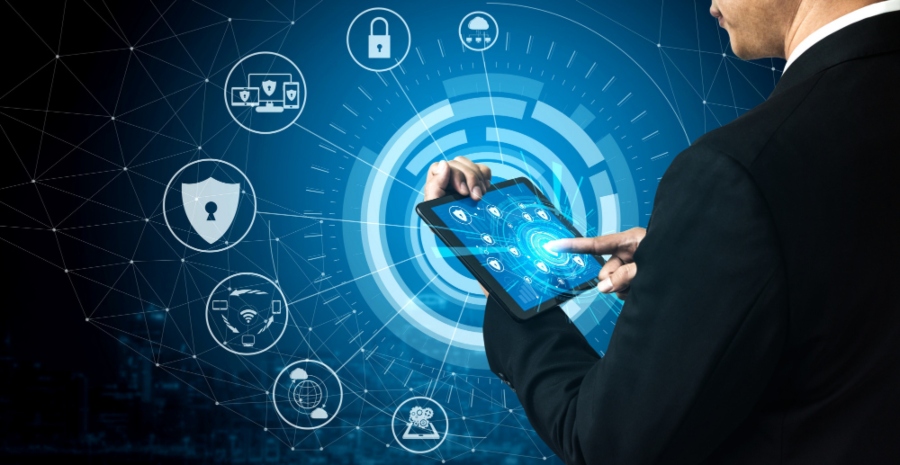
por Rebeca | Dic 29, 2021 | Sin Categoria
Organizations start asking how they could defend their systems and people differently.
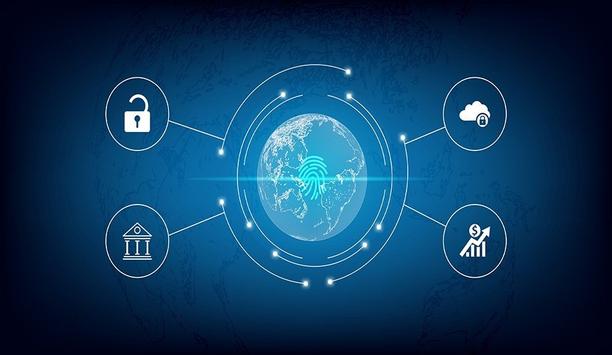
organizations security and trends
Organizations security and trends – The world has changed since the global pandemic broke out in 2020 which has helped cybercriminals.
Homeworking
The ongoing digitization of society, also and the increasingly online nature of our lives. Mean opportunities about for phishers, hackers, afterwards scammers, and extortionists.
As we head into 2022, there is, unfortunately, no sign of this letting up. This is why it’s essential for individuals and businesses to be aware of the ever-growing. Avenues of attack as well as what can be done to mitigate the risks!
While the covid-19 pandemic upended workplaces and ushered in rapid digital transformation. The turmoil around cybercrime has remained constant: attackers are always changing to evade detection.
Importance of Flexible, customer-first solutions
Flexible, customer-first solutions have emerged to meet ever-changing circumstances to keep organizations secure and confident against cyber threats. In the new year, indeed as technology and workplace trends evolve and laws and regulations change, cybersecurity is emerging.
Enterprise spending on cybersecurity is expected to hold steady in 2022, as studies show that nearly all CISOs are getting a budget increase or level funding in the new year—only a small fraction of security chiefs will see their budgets fall.
CSO’s
2021 Security Priorities Study found that 44% of security leaders expect their budgets to increase in the upcoming 12 months; that’s a slight bump-up from the 41% who saw their budgets increase in 2021 over 2020. Fifty-four percent of respondents say they expect their budgets to remain the same over the next 12 months.
According to PwC’s 2022 Global Digital Trust Insights report, “investments continue to pour into cybersecurity” with 69% of responding organizations predicting a rise in their cyber spending for 2022. Some even expect a surge in spending. With 26% saying they anticipate a 10% or higher spike in cyber spending for new year.
Meanwhile, tech research and advisory firm Gartner estimated that spending on information security. Risk management will total $172 billion in 2022. Up from $155 billion in 2021 and $137 billion the year before.
Firstly on organizations security and trends
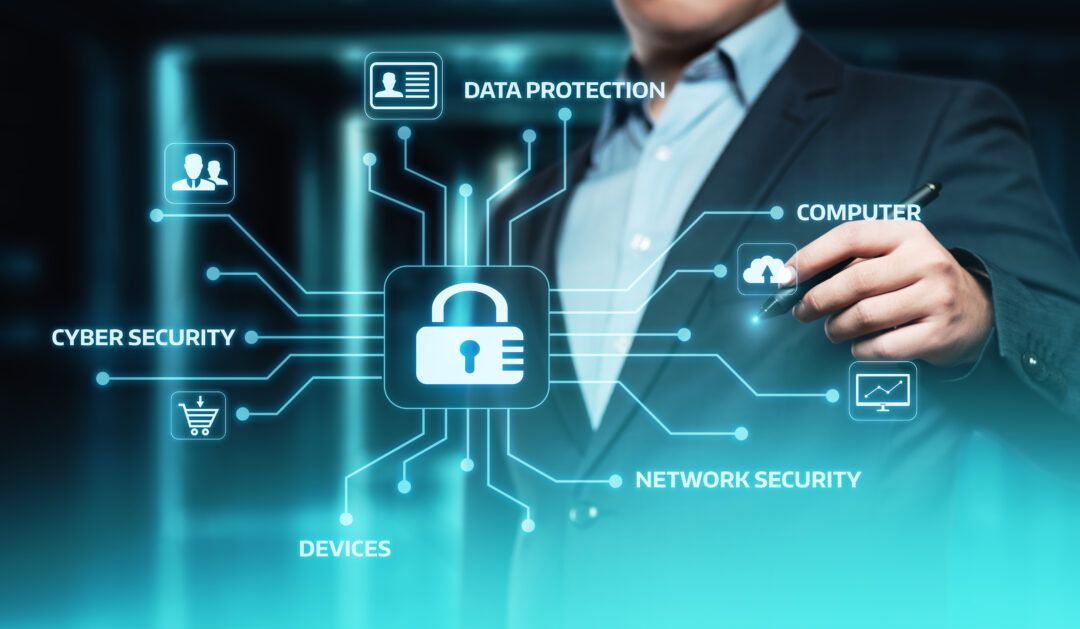
It’s worth knowing that Gartner’s predictions come from Gartner IT Symposium/Xpo Americas, which ran virtually in October 2021.
The key theme of discussion this year was to explore the lessons learned from the ongoing disruption and uncertainty. organizations secure on their page, Gartner states that they revealed their top strategic predictions for 2022 and beyond. These are:
- 30% of corporate teams will be without a boss due to the self-directed and hybrid nature of work.
- By 2025, synthetic data will reduce personal customer data collection, avoiding 70% of privacy violation sanctions.
- 80% of CIOs surveyed will list modular business redesign, through composability, as a top 5 reason for accelerated business performance.
- year 2025, 75% of companies will “break up” with poor-fit customers as the cost of retaining them eclipses good-fit customer acquisition costs.
- 2026, a 30% increase in developer talent across Africa will help transform IT into a world-leading start-up ecosystem, rivaling Asia in venture fund growth.
- also same year, non-fungible token (NFT) gamification will propel an enterprise into the top 10 highest-valued companies.
- 2027, low orbit satellites will extend internet coverage to an additional billion of the world’s poorest people, raising 50% of them out of poverty.
- By 2024, a cyberattack will so damage critical infrastructure that a member of the G20 will reciprocate with a declared physical attack.
Conclusion
There is no such thing as the perfect plan, and many believe the future is unpredictable. However, we wouldn’t have weather forecasts. Organizations we wouldn’t have the list above along with the countless lists by other cybersecurity specialists.
The future is predictable by looking at the past and making. The time is right to take stock of what has gone before and make. Some reasonable assumptions and predictions about what our future holds. For there is no doubt that change is coming.








 The CISO is responsible for setting the
The CISO is responsible for setting the 


